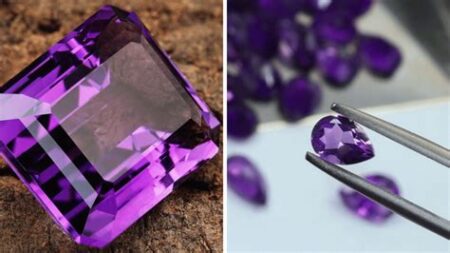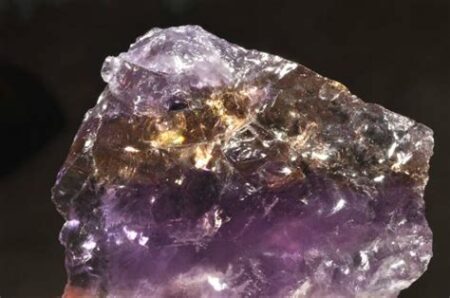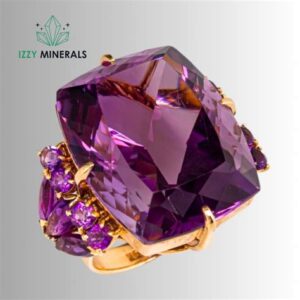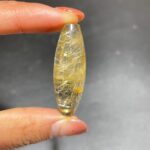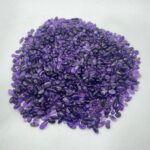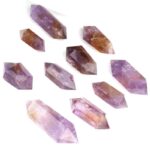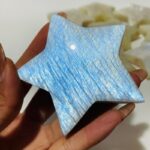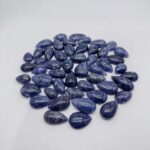Introduction
In the realm of gemstones, chalcedony and agate stand out as true marvels of nature. Their captivating hues, intricate patterns, and unique properties have enchanted civilizations for centuries. From ancient amulets to modern jewelry, these stones continue to captivate and inspire. In this comprehensive guide, we will delve into the enchanting world of chalcedony and agate, exploring their origins, properties, and diverse applications.
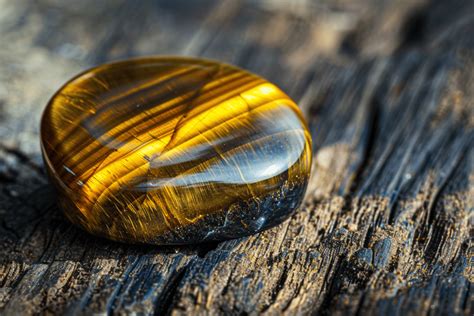
Chapter 1: Chalcedony – A Stone of Serenity and Healing
Origins and Occurrence
Chalcedony is a cryptocrystalline variety of silica, composed primarily of tiny quartz crystals. It is typically found in association with volcanic rocks, often forming nodules, veins, and stalactites. Worldwide, significant deposits of chalcedony can be found in countries such as Brazil, Uruguay, Madagascar, and India.
Properties and Characteristics
Chalcedony exhibits a wide range of colors, including white, gray, blue, green, pink, and yellow. Its translucent to opaque nature allows light to pass through, creating a soft, ethereal glow. Moh’s hardness of 6.5 to 7 makes chalcedony durable enough for use in jewelry and other decorative applications.
Types of Chalcedony
Chalcedony encompasses various subtypes, each with its distinctive appearance and properties:
-
Carnelian
: Known for its vibrant red-orange hue, carnelian is often associated with courage, energy, and creativity. -
Chrysoprase
: A rare and highly prized variety of chalcedony, chrysoprase owes its vibrant green color to trace amounts of nickel. -
Onyx
: Characterized by alternating bands of black and white, onyx is a popular stone for carvings and cameos.
Applications
Chalcedony’s beauty and versatility have made it a popular choice for a wide range of applications:
- Jewelry: Chalcedony is commonly used in jewelry making, ranging from earrings and necklaces to rings and bracelets.
- Decorative Arts: Chalcedony is used in carvings, sculptures, and other decorative objects.
- Healing: Chalcedony is believed to promote emotional stability, reduce stress, and enhance spiritual connection.
Chapter 2: Agate – The Stone of Abundance and Harmony
Origins and Occurrence
Agate is a banded variety of chalcedony, formed by the deposition of silica-rich solutions in cavities within volcanic rocks. These bands can vary in color and opacity, creating the characteristic patterns that make agate so distinctive. Agate deposits are found worldwide, with notable sources in Brazil, Uruguay, Mexico, and India.
Properties and Characteristics
Agate typically exhibits a range of colors and patterns, including white, gray, blue, green, red, and orange. Unlike chalcedony, agate is commonly translucent or opaque and has a Moh’s hardness of 6.5 to 7. The presence of parallel stripes or layers is a defining characteristic of agate.
Types of Agate
There are several recognized types of agate, each with its unique features:
-
Blue Lace Agate
: Known for its delicate, lace-like bands of blue and white, blue lace agate is a popular choice for jewelry and healing practices. -
Moss Agate
: Resembling lush moss, moss agate is characterized by dendritic inclusions of manganese oxide. -
Fire Agate
: A rare and highly sought-after variety, fire agate exhibits a fiery play of colors when exposed to light.
Applications
Agate’s unique beauty and durability have led to its widespread use in various applications:
- Jewelry: Agate is commonly used in jewelry making, creating stunning necklaces, earrings, bracelets, and pendants.
- Decorative Arts: Agate is carved into statues, bowls, and other decorative objects, showcasing its rich colors and patterns.
- Healing: Agate is believed to promote abundance, harmony, and emotional well-being.
Chapter 3: Chalcedony and Agate in Comparison
Despite their similarities, chalcedony and agate have some key differences:
Appearance
Chalcedony is typically translucent to opaque and exhibits a uniform color, while agate is characterized by distinct bands or layers of color.
Pattern Formation
Chalcedony forms from the crystallization of silica-rich solutions, while agate forms when these solutions fill cavities within volcanic rocks, creating the banded patterns.
Applications
Chalcedony and agate are both used in jewelry, decorative arts, and healing practices, but agate’s banded patterns make it particularly popular for carvings and cameos.
Chapter 4: Unveiling the Enchanting Qualities of Chalcedony and Agate
Historical and Cultural Significance
Chalcedony and agate have a rich history, dating back to ancient civilizations. In ancient Egypt, chalcedony was believed to protect against the evil eye, while agate was associated with strength and courage. In ancient Greece, agate was used to make seals and amulets.
Spiritual Properties
Chalcedony and agate are believed to possess a range of spiritual properties. Chalcedony is said to promote emotional stability, inner peace, and spiritual growth. Agate, on the other hand, is believed to bring abundance, harmony, and protection.
Unique Applications of Chalcedony and Agate
Beyond traditional applications, chalcedony and agate have inspired innovative uses:
-
Chalcedony in Nanotechnology
: Chalcedony’s unique optical properties have made it a promising material for nanotechnology applications, such as optical sensors and coatings. -
Agate in Energy Generation
: Agate has been investigated for its potential use in energy generation, utilizing its piezoelectric properties to convert mechanical energy into electrical energy. -
Chalcedony and Agate in Aerospace
: The lightweight and durable nature of chalcedony and agate make them suitable for aerospace applications, such as thermal insulation and protective coatings.
Chapter 5: Embracing the Beauty and Versatility of Chalcedony and Agate
Jewelry
Chalcedony and agate offer a wide range of hues and patterns, making them versatile choices for jewelry design. From delicate necklaces and earrings to statement rings and bracelets, these gemstones add a touch of elegance and sophistication.
Home Décor
The vibrant colors and intricate patterns of chalcedony and agate make them stunning additions to home décor. They can be used in carvings, sculptures, coasters, and other decorative objects, bringing natural beauty into your living spaces.
Fashion Accessories
Chalcedony and agate are increasingly used in fashion accessories, such as scarves, hats, and bags. Their unique patterns and textures add a touch of individuality and style to any outfit.
Personal Care
Chalcedony and agate are said to have beneficial effects on the skin and mind. They are incorporated into facial rollers, Gua Sha tools, and other personal care products, promoting relaxation and a sense of well-being.
Conclusion
Chalcedony and agate are captivating gemstones that have been revered by civilizations throughout history. Their diverse hues, intricate patterns, and unique properties make them ideal for a wide range of applications. From enchanting jewelry to stunning home décor, chalcedony and agate offer endless possibilities for creativity and self-expression. Embrace the beauty and versatility of these gemstones, and let them inspire you to create something truly extraordinary.

